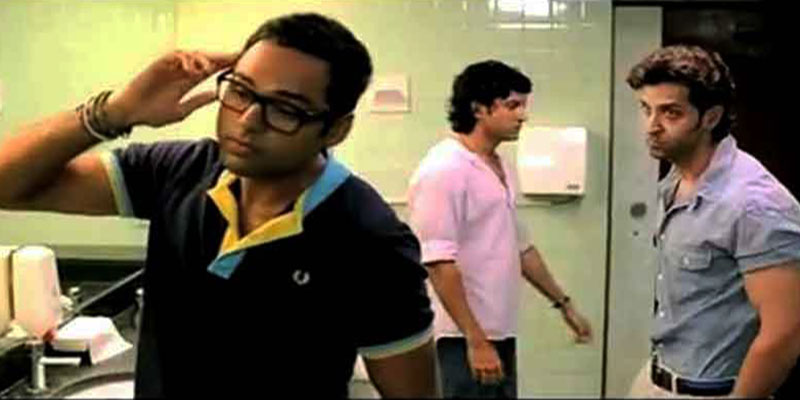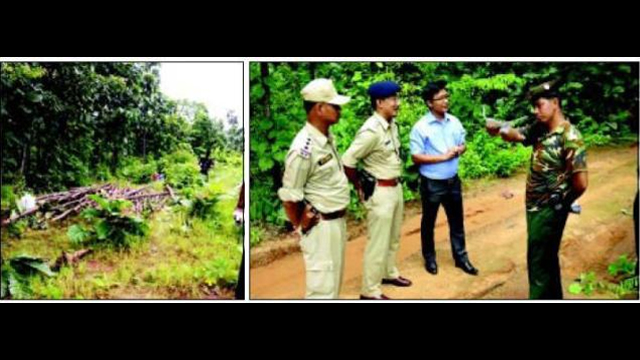The thought of a third front, countered to the UPA and what leftovers of the NDA, has been an eye-catching plan for political boundary sitters for a long time.
The thought of a third front, countered to the Congress-led UPA coalition and what leftovers of the BJP-led NDA, has been an eye-catching plan for political boundary sitters of all colours for a long time.
At the end of this month, the Left is organising a gathering in Delhi where leader of UP’s Samajwadi Party (SP) Mulayam Singh Yadav, JD(U) head and Bihar chief minister Nitish Kumar and BJD chief and Odisha chief minister Naveen Patnaik, are likely to be attending. That, added to the fact that such a Front temporarily assumed power between 1996 and 1998, seems to propose that if consent 2014 is split, a Third Front may come to power in Delhi. That view is inaccurate.
First, the Left has no universal opinion with the SP – the two fell out after the Left deserted UPA-I government in 2008 over the India-US nuclear deal, and the SP jumped in to fill the space. The SP is reluctant to split the seats in UP with the Left, but is eager that the Left sacrifice seats in Bengal and other states for it.
With opponent Lalu Prasad Yadav in jail, Nitish Kumar considers himself as the expected alliance for the Congress in Bihar. That ought to rule him out for the third front. That leaves only Patnaik as a possible ally. The Left cannot partner with Mamata Banerjee of the Trinamool Congress, as the Bengal chief minister is its key foe in the state.
The AIADMK’s Jayalalithaa is an uncertain figure, who may decide to unite a Front, only to lend it. There are two major problems in visualising a Third Front government. The first is the colossal egos of all protagonists, except for the Left. A doubtful Front compromising Mulayam, Nitish, Naveen, Jayalalithaa and the Left would have as a minimum four prime ministers contenders. The second problem is, obviously, the Indian electorates.
All these magnificent presumptions of a Third Front perch one theory – a sternly divided mandate. But if the voter, in her knowledge, chooses to cast her lot with either of the two main parties, all these exercises would amount to mere pre-polling affectation. A political substitute has to have a universal foundation, not ragged stitching.





